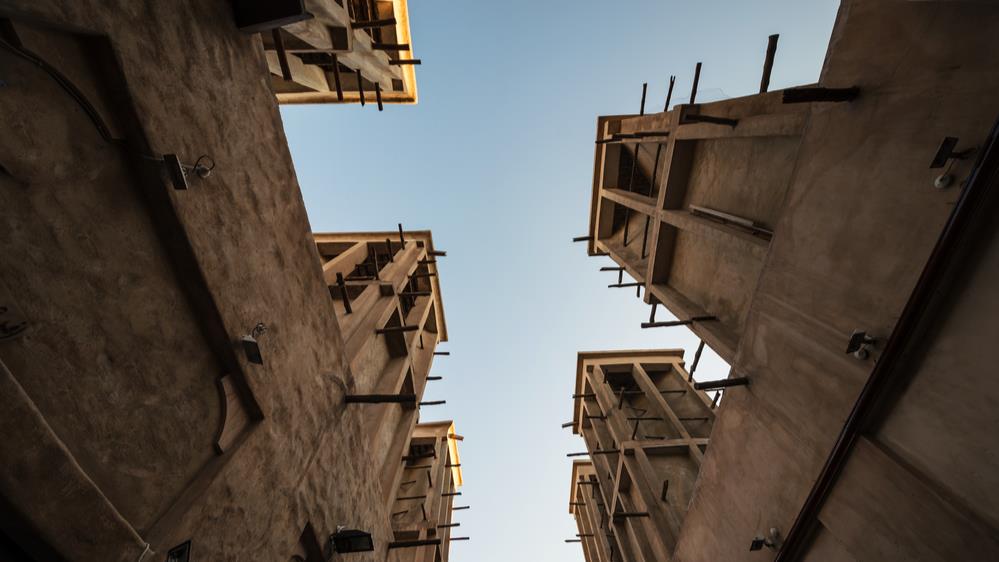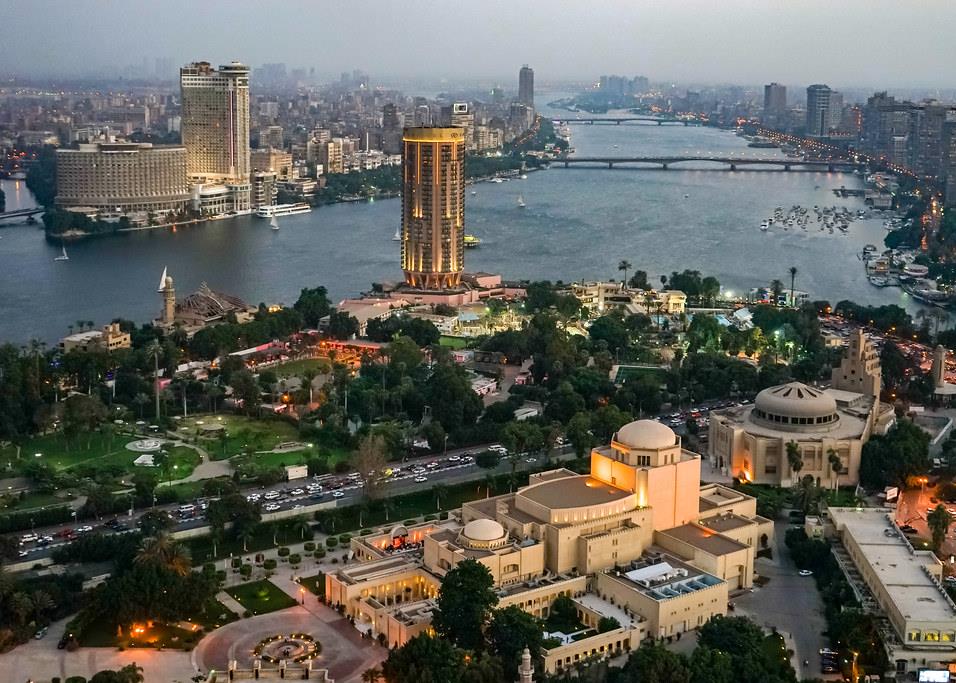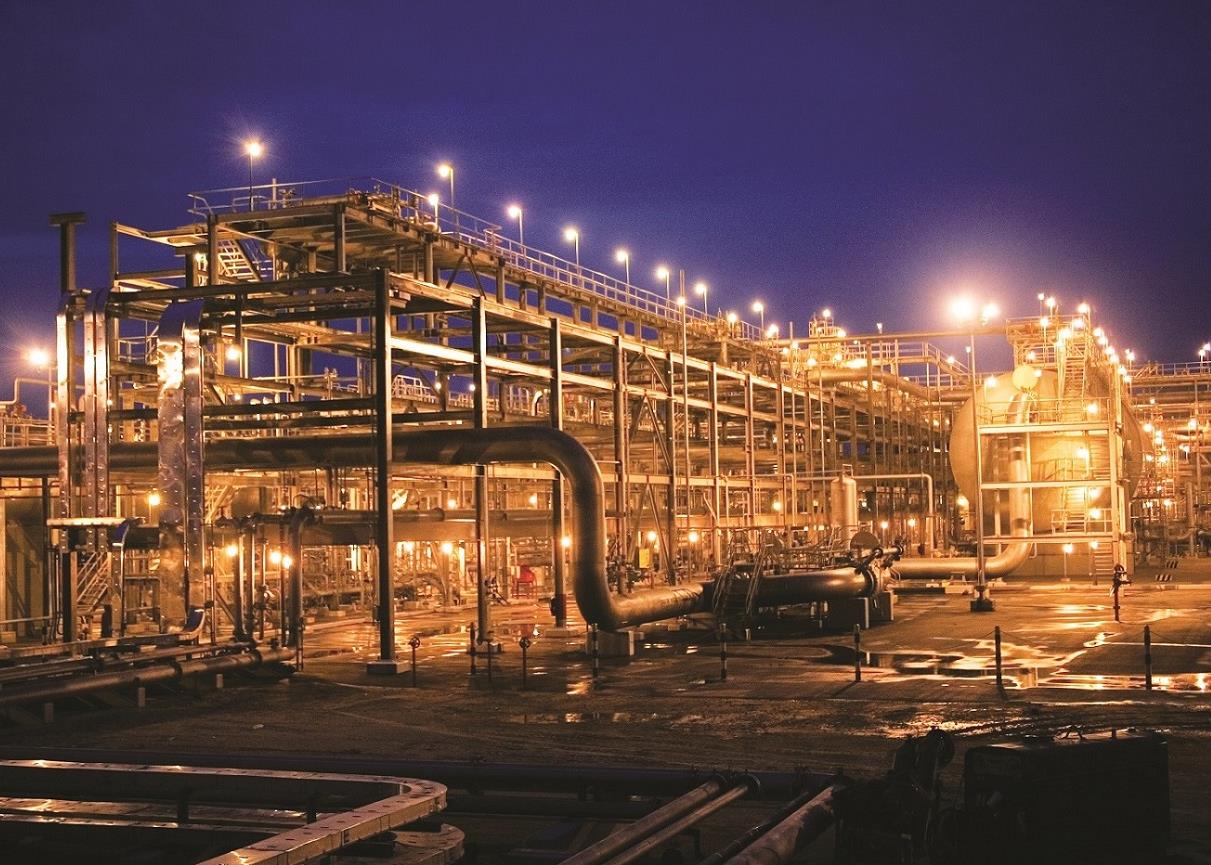

As climate change is predicted to cause disastrous effects, cities are largely perceived to be at the forefront of a low-carbon future.
Surprisingly, and although ratified as a metanarrative, to date sustainable city development has no definitive framework that narrows down the gap between theory and practice.
Recognising their key roles, city planners are starting to reconfigure and redesign our built and natural environments to respond to the challenge.
Cultural heritage is an ‘expression of the ways of living developed by a community, passed on from generation to generation’. In addition to buildings, the definition of heritage spans places, customs, practices, values, and artefacts.
In the past decades, heritage, in both its tangible and intangible forms, has been gradually recognised for its potential contributions towards the achievement of sustainability.
In the agenda for sustainable development, heritage is mentioned explicitly as an aim to protect the world’s cultural and natural heritage under goal 11 (Sustainable Cities and Communities) of the Sustainable Development Goals (SDGs).

Beyond narrowly focused building restoration perspective, heritage conservation can have broader contributions to the achievement of most – if not all – of the 17 SDGs, according to a recently published policy document by International Council on Monuments and Sites (ICOMOS).
Atkins, a member of the SNC-Lavalin Group, decades of experience in the fields of urban planning and design, has identified numerous advantages heritage preservation can achieve in developing sustainable cities. The aim is to demonstrate why communities must exert every effort to safeguard this non-renewable asset for themselves and for future generations.
Here are seven ways heritage preservation can contribute to sustainable development:
1) Resisting cultural homogenisation
The wave of globalisation has resulted in the steady erosion of national identities and local cultures. Regarding the built environment, cultural standardisation has created homogenous urban landscapes that bear little relation to regional contextual specificities.
Urban spaces have largely lost the sense of place and diversity informed by their geographical, social, economic and environmental uniqueness.
Conversely, heritage, in its rootedness in centuries old spatial practices, can safeguard and nurture the cultural specificities of location and fend off the uniformity of global standards.
2) Preserving climate responsive buildings
Historic buildings are climate friendly. First, they employ passive design techniques such as optimal solar orientation, compactness, and room layouts, as well as high insulation envelopes, right window sizing and locations, courtyards and other perfected building practices.
These techniques aim to improve building environmental performance, energy demand, and indoor air quality and personal health using natural daylighting, ventilation, and other naturally renewable resources.
As a result, traditional architecture is low-impact and energy-efficient and retrofitting these buildings with new uses can better position cities to achieve sustainable urban environments.
3) Incubating local traditions and values
Traditional architecture is much more than physical form. It embodies a complex web of communal meanings, values, beliefs, practices and traditions that have been cherished by many and passed on across generations. The intrinsic value encompassed by heritage buildings becomes an authentic collective database of timeless ways of living that if lost cannot be retrieved again.
 Therefore, recent best practices involve regenerating and converting these historic districts into areas where local cultural practices can be incubated, disseminated, and even developed. Examples of cultural activities and programs include arts, crafts, food products and culinary culture, theatre and performance, music and visual arts.
Therefore, recent best practices involve regenerating and converting these historic districts into areas where local cultural practices can be incubated, disseminated, and even developed. Examples of cultural activities and programs include arts, crafts, food products and culinary culture, theatre and performance, music and visual arts.
4) Strengthening community inclusion and intergenerational equity
The preservation of historically significant districts can serve to bond communities together by evoking a feeling of shared lineage and destiny. Not only does heritage ensconce a sense of belonging to societies, but it also evokes common identity, one that is uniquely theirs. This arouses in individuals a sensation of pride, rootedness and ownership that positively effects people’s overall well-being and health.
Finally, heritage helps societies to pass along their values and beliefs to future generations solidifying intergenerational connection.
5) Conserving resources and reducing waste
Evidently, by abstaining from destroying neighbourhoods, valuable resources are preserved.
By retaining and retrofitting old buildings, the need for raw material extraction and associated energy consumption can be reduced. This also has multiplier effects on related and non-related downstream value chain manufacturing and transport processes that are also resource and energy intensive.
Furthermore, as existing structures are salvaged, construction waste and debris traditionally destined to landfills will be mitigated.
Thirdly, savings on costs of demolition and construction works can be potent contributors towards economic sustainability.
6) Developing tourism and diversifying jobs
Heritage conservation offers opportunities for nations seeking to diversify their economies. From this perspective, historic neighbourhoods become assets with their own extrinsic value. They can stimulate economic growth by boosting the touristic sector through the promotion of unique destinations that offer attractive experiences for tourists.

Other related sectors benefit from increased foot traffic including food and beverage, retail, entertainment, and cultural production. The growth in these service sectors also serves to broaden the skills base of local populations.
7) Improving spatial attractiveness and property values
As historic destinations lead the figures in touristic activity, it is hardly arguable that districts displaying age-old characteristics embody a spatial charm that is coveted by many.
Traditional urban settings, having evolved through centuries, exemplify unique blends of architectural influences, artefacts and qualities that, together with their human scale design, evoke a sense of intimacy and authenticity and create places that are enjoyable to live, work and play.
The appeal of such places to many has positive repercussions on property values and tax revenues if such neighbourhoods are soundly preserved and maintained.
As urban planners are gravitating more firmly towards sustainable practices, the conservation of heritage should be a cornerstone of sustainable city strategy.
Heritage can offer numerous benefits in all economic, social, and environmental domains. Not only can its preservation help reconfigure our regions, towns, and cities to be more resource and energy efficient, but it also creates attractive and vibrant environments and communities for people to thrive in.
In doing so, heritage regenerated areas can showcase both our societies’ rich legacies as well as our futuristic aspirations.

Related reads:
You might also like...

Aramco allows more time for MGS package revised prices
18 April 2024

Morocco tenders high-speed rail project
18 April 2024

Egypt resumes power cuts
18 April 2024

Petrofac awards carbon capture sub-contract
18 April 2024
A MEED Subscription...
Subscribe or upgrade your current MEED.com package to support your strategic planning with the MENA region’s best source of business information. Proceed to our online shop below to find out more about the features in each package.






